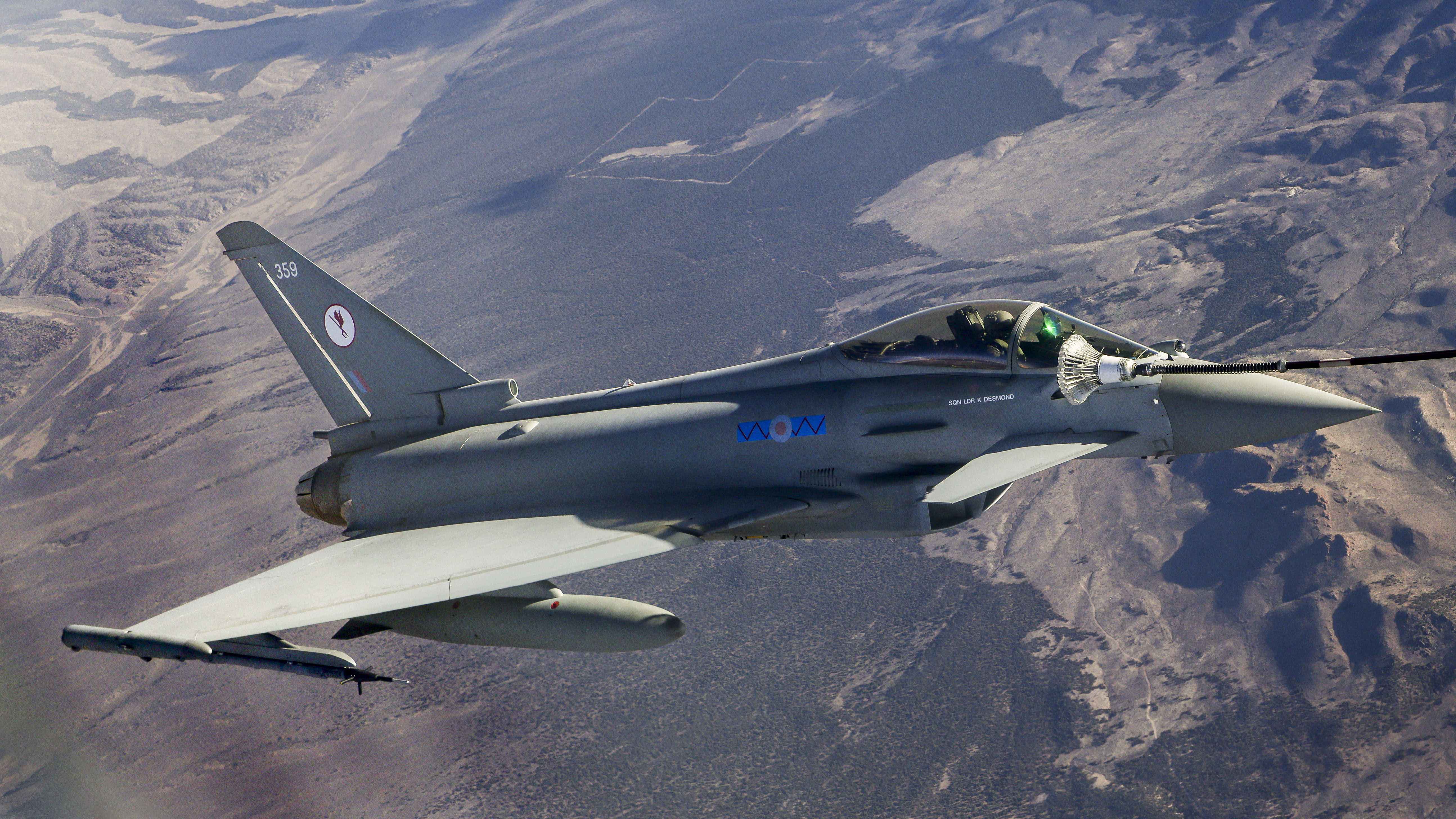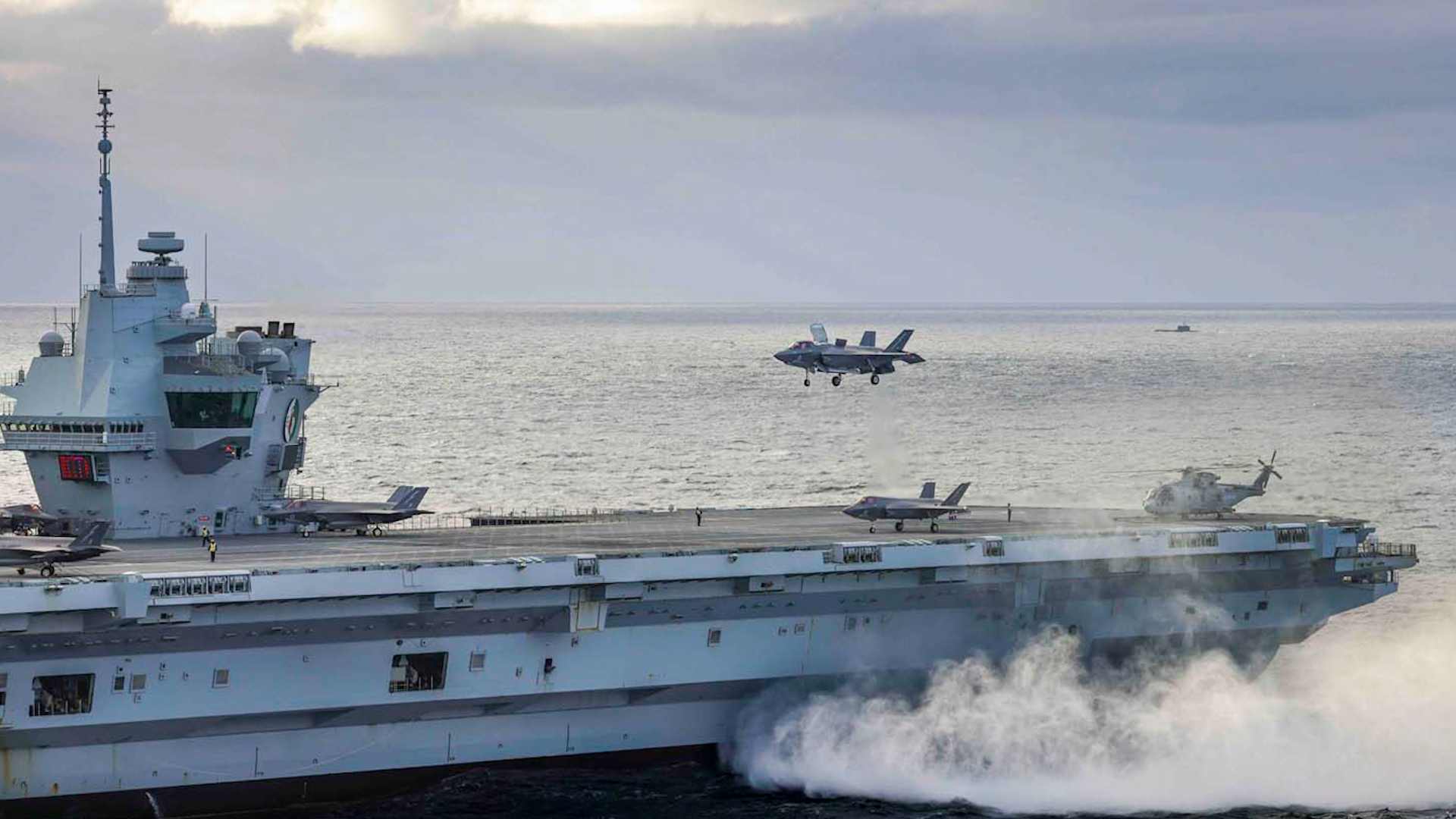What alternatives does the UK have if it has to abandon the US-designed F-35?
The F-35B Lightning is the UK's premier strike fighter – fast, stealthy and carrier-capable.
It is operated by the Royal Air Force and the Royal Navy, although its technology relies on ongoing US support for its software.
The US was once considered a solid ally but relations with the Trump administration are now less predictable – so how wise is it to count on a continued technological partnership for something as crucial as a fighter jet?
US manufacturer Lockheed Martin, which developed the F-35, retains access to the aircraft software, meaning Britain has no option to independently upgrade or modify its systems.
In a worst-case crisis scenario, that could mean either reduced capability for the F-35 fleet, or even none at all.
While the UK military has historically always relied on good relations with its US counterparts, there is less certainty now.
In a shock to Nato members, the US recently proved ready to withhold intelligence from Ukraine at a critical time, sparking concern about the future of the traditional military allegiance with America.
So what might be the UK's alternatives to the F-35B?

The Typhoon is the RAF's backbone – fast, agile and proven, although it lacks stealth.
It is also part of a multinational programme, allowing Britain to integrate weapons, although any deeper upgrades would require consensus.
Another option, the Gripen E fighter jet, is also not known for its stealth, but it has advanced electronic warfare and is harder to detect with radar, trading invisibility for adaptability.
Crucially, it can be under full national control, meaning operators have the ability to upgrade software and integrate weapons independently.
Looking to the future, Britain's sixth-generation future fighter – the Tempest – is designed to be stealthy, is AI-integrated and UK-controlled, although it is not due to be ready until at least 2035.

Any loss of control over the F-35B software would also impact the Royal Navy's latest aircraft carriers, which were designed to accommodate F-35B jets and facilitate the aircraft's short take-off and vertical landing capability.
Most other conventional carrier-based aircraft, like the US F/A-18 Super Hornet, rely on catapults to launch and arrester wires for landing.
The UK's aircraft carriers are not fitted with this system, and retrofitting would be costly, time-consuming and possibly unfeasible.
In the unlikely event the RAF was to lose access to the F-35B, it could continue operating with Typhoon jets, expedite the development of Tempest and adopt the Gripen to preserve sovereign flexibility.
But for the Navy, the consequences would be far more serious without a viable replacement for the F-35B.
Carriers would lose their strike capability and with it, their strategic relevance.

The F-35 brings reach, stealth and power, but it also means dependence on the United States.
Control of the aircraft is not optional, it is essential.
The question is not just what would we do without the F-35, it is what we must do to guarantee control of our own fighter jets in future.









